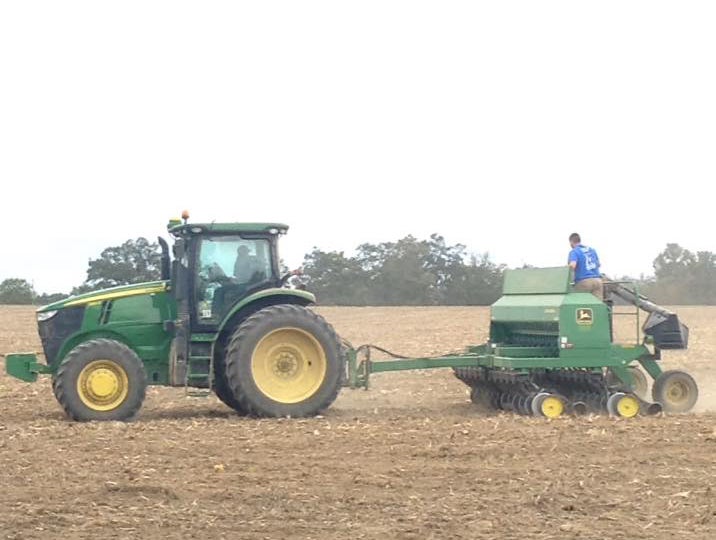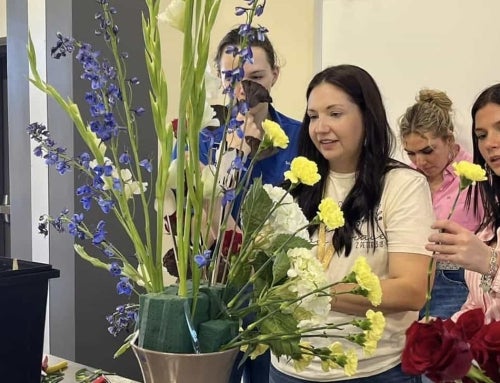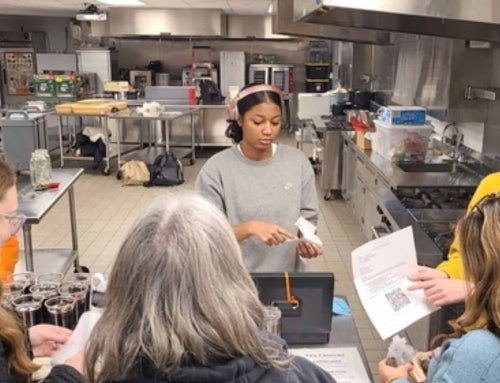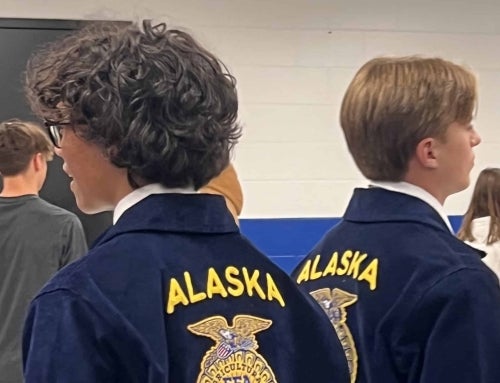This Alabama member plants an experimental crop that can be converted to jet fuel.
Crystal Chandler was looking for a supervised agricultural experience (SAE) project when her FFA advisor at Geraldine High School in Geraldine, Ala., introduced her to carinata (Brassica carinata). The oilseed crop, a nonfood biofuel oil, can be used in jet fuel. The remnants of the carinata seed can be used as a high-protein feed for livestock.
The timing was right for Chandler to plant the novel crop. Her parents had just rented 50 acres of farmland with plans to grow row crops. Also, Agrisoma Biosciences Inc., a business focused on sustainable biofuel production, was looking for Alabama farmers to experiment with the oilseed crop. Chandler was eager to take on a major project.
“For my first SAE, I grew herbs,” she says. “The second year, I got a little bigger and grew 2 acres of row crops, and I wanted to do something bigger.”
In 2017, Chandler planted 50 acres of carinata under contract with Agrisoma. She expected to harvest her first crop the following spring and loved talking to other FFA members and local farmers about the experimental crop.
“We were some of the first farmers in our area to grow carinata,” she explains. “When people asked what I was growing, it was neat to tell them that carinata could be used for jet fuel. Everyone thought it was cool.”
Lessons Learned
Although Chandler is the sixth generation to grow up on the farm, she had only worked with smaller crops like herbs, tomatoes, squash and cucumbers — and she’d never operated farm machinery. Her FFA advisor, Ben Johnson, who also planted a field of carinata, lent Chandler a tractor, disc harrow and grain drills to plant the crop.
“The biggest learning curve was learning how to operate all of that large farm equipment,” she recalls.
Carinata can be added into rotation with other row crops but can only be planted on a plot of land every three years because it depletes the soil. With only 50 acres of farmland to sow, the stakes were high for making the specialty crop work. She was devastated when a cold snap in December wiped out the entire crop.
A crop failure didn’t quash Chandler’s enthusiasm for the crop, however. She’s looking forward to 2020 when she can sow carinata on her farm again. In the meantime, she says, “Even though I didn’t succeed with carinata and I was disappointed, I learned a lot, so it was all worth it.”












